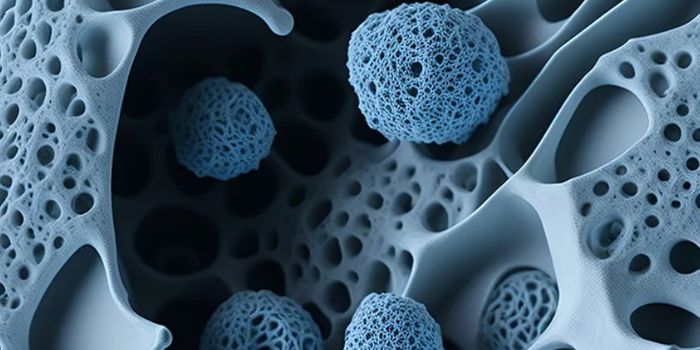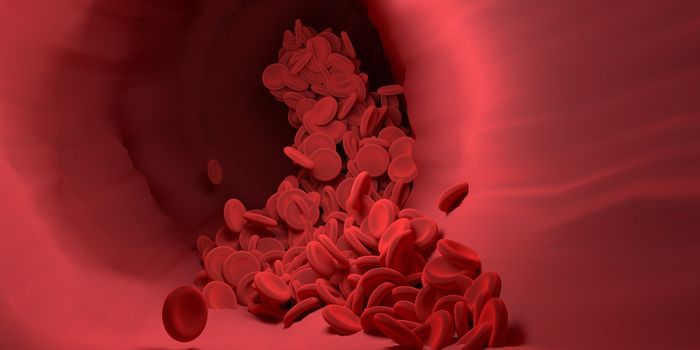Common Chemicals May Contribute to Obesity
Several explanations have been proposed to answer the question of why obesity has been on the rise for many years in the United States and around the world. For example, many convenient and readily available foods are high in sugar and fat, while lifestyles have become increasingly sedentary. It may also be that in some people, there is a problem in the part of the brain that regulates satiety and appetite. In others, there could be dysfunction in the regulation of fat storage in the body. The point is, there may be many contributing factors.
New research has suggested that common chemicals found in many products and household items could also be influencing the development of diseases that involve lipids. Researchers hypothesized that chemicals that are known to interfere with metabolism in people, called obesogens, may be disrupting the levels of different lipids, the lipid profile, in the liver. The findings have been reported in Toxicology and Applied Pharmacology.
"Previous studies have provided strong evidence linking some hormone-like compounds to obesity in humans, but this is the first study that showed a cellular and metabolic effect on human cells exposed directly to those compounds," said Ramon Lavado, Ph.D., assistant professor of environmental science at Baylor University.
Although a sedentary lifestyle and poor nutrition can definitely contribute to obesity, obesogen exposure, especially during early development, raises the risk of weight gain and dysregulates metabolism throughout life, said Lavado.
About 100,000 chemicals were commercially available by the year 2000, and by 2020 that number had risen to around 350,000, according to research reported in Environmental Science & Technology. Some of these chemicals are used as fungicides or pesticides, while others soften consumer products or are additives to paints, adhesives, or sealant, for some examples.
In this study, Lavado's team used various metabolomic and toxicological methods to observe the impact of obesogen exposure on lipids, and whether these chemicals could influence fat storage in liver tissue. They found that environmental obesogens significantly increased the production of diglycerides and triglycerides, said first study author and graduate candidate Marco Franco. Their work used a cell culture model that was exposed to chemical concentrations that parallel what's seen in the environment.
This work suggested that chemical exposure can cause quantifiable changes in lipid levels. "In the case of lipid profile alterations, the idea that chemical compounds may trigger and/or contribute to the development of lipid-related diseases deserves extensive research in the future," said Lavado.
Sources: AAAS/Eurekalert! via Baylor University, Toxicology and Applied Pharmacology










